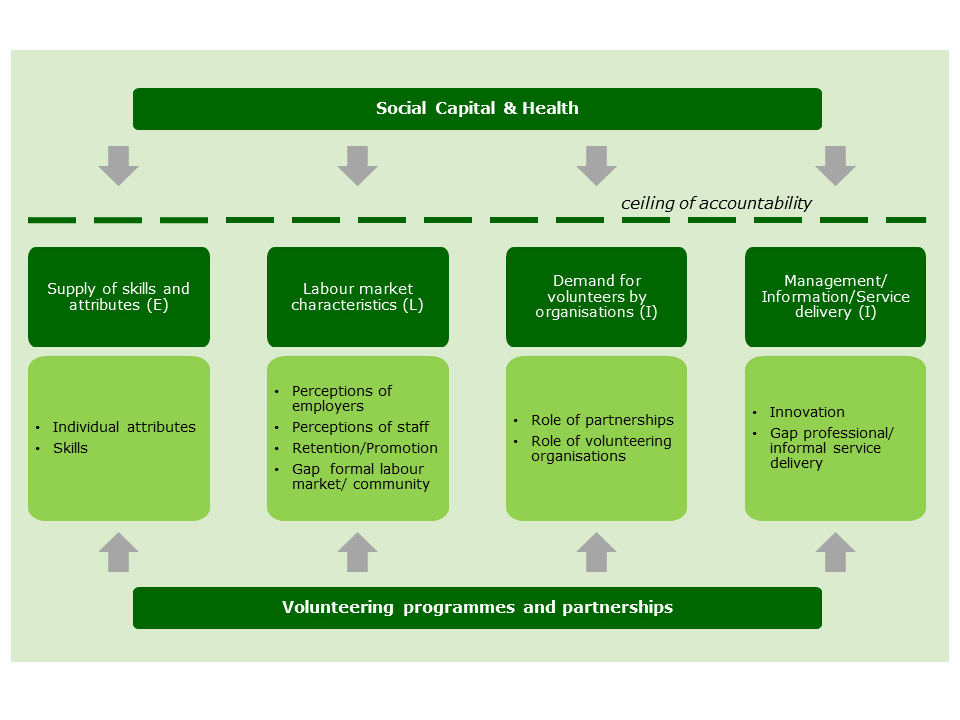Sign up to our newsletter Subscribe
Challenges and Solutions for Budget Impact Analysis of Gene Therapies

Sign up to our newsletter Subscribe

In our daily lives, we take precautions routinely: we look both ways before we cross a road, and if we drive a car, we are constantly alert to avoid danger. This process does not require scientific ‘proof’. It is a…
In our daily lives, we take precautions routinely: we look both ways before we cross a road, and if we drive a car, we are constantly alert to avoid danger. This process does not require scientific ‘proof’. It is a natural process. This so-called “precautionary principle” (PP) has until now not found a place in health economics. A paper recently published by OHE’s Alastair Fischer argues that the PP can easily be applied to standard decision theory.
The PP applies mainly to big future threats such as antimicrobial resistance (AMR) and climate change, those instances where we cannot use randomised controlled trials to generate evidence. The approach works by reversing the onus of proof when we look at harm reduction. So instead of trying to prove with 95% confidence that AMR will be a problem in future, we’d ask “Prove with 95% confidence that AMR is not going to occur”. Similarly, for climate change.
The paper also posits that as a nation we should be prepared to spend more than the cost effectiveness threshold (£20,000 to £30,000 per quality-adjusted life year) to reduce the possibility of catastrophic future events or to mitigate their effects.
The criterion for spending more than the usual threshold to avoid catastrophic events is a circumstance where decision theory cannot be used. In situations where nations can no longer act as if they are risk neutral, because they cannot insure against a potential catastrophe, then this risk aversion increases the spending threshold.
Applying the PP would make it easier to justify a decision to stockpile a drug like Tamiflu to take the edge off a possible flu pandemic. It would have also allowed a more rapid response to combat the Zika virus, well before it was known with greater scientific certainty that it causes birth defects.
Access the full paper here.
For more information please contact Alastair Fischer at OHE.
An error has occurred, please try again later.
This website uses cookies so that we can provide you with the best user experience possible. Cookie information is stored in your browser and performs functions such as recognising you when you return to our website and helping our team to understand which sections of the website you find most interesting and useful.
Strictly Necessary Cookie should be enabled at all times so that we can save your preferences for cookie settings.
If you disable this cookie, we will not be able to save your preferences. This means that every time you visit this website you will need to enable or disable cookies again.
This website uses Google Analytics to collect anonymous information such as the number of visitors to the site, and the most popular pages.
Keeping this cookie enabled helps us to improve our website.
Please enable Strictly Necessary Cookies first so that we can save your preferences!
